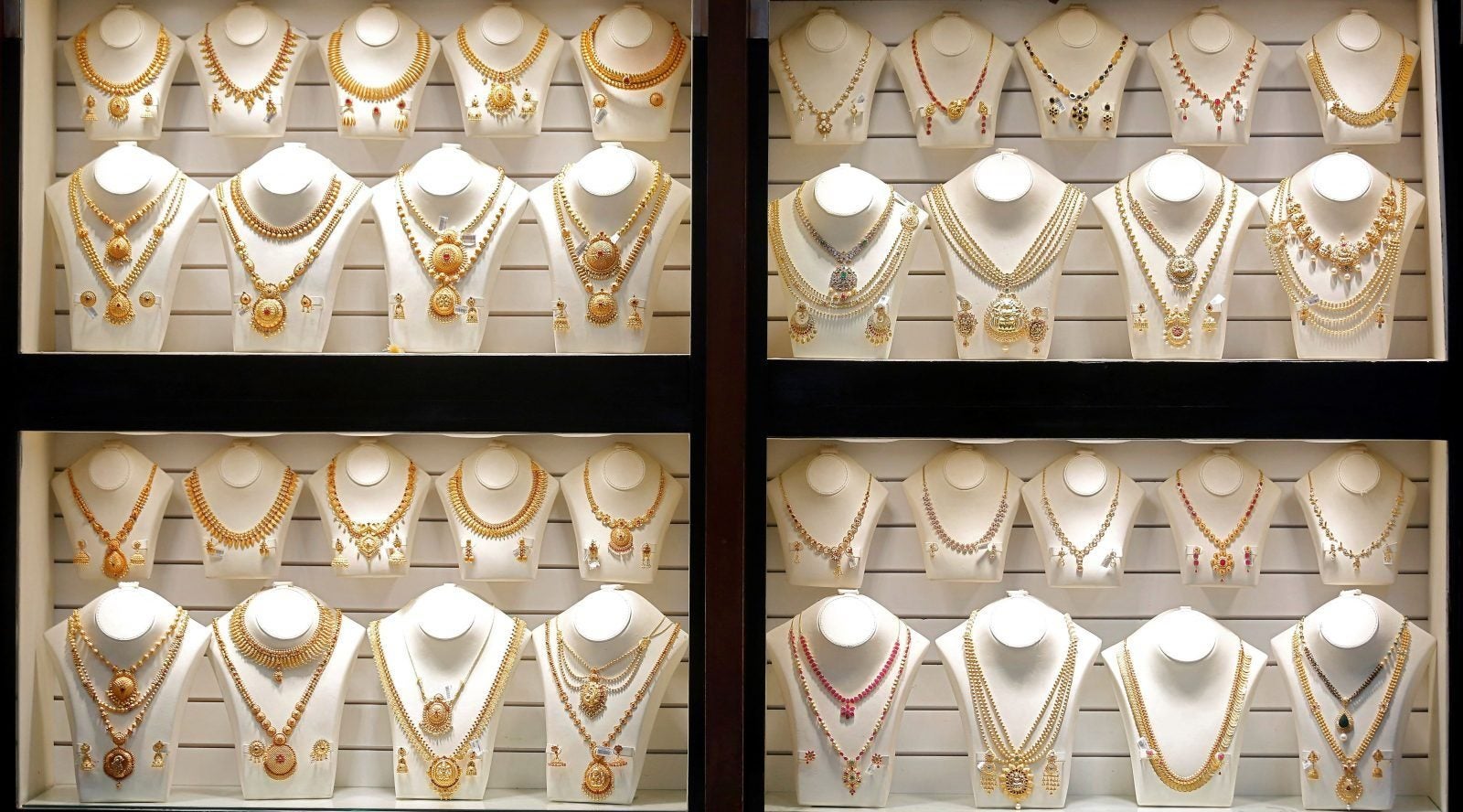Indians are deferring gold purchases as prices touch never-seen levels
The biggest Indian wedding season isn’t as glittery this year. For gold prices are off the charts, fuelled by gathering clouds of economic turmoil across the world.


The biggest Indian wedding season isn’t as glittery this year. For gold prices are off the charts, fuelled by gathering clouds of economic turmoil across the world.
On Feb. 20, standard gold (22 karat) prices stood at a historic high of Rs33,725 per 10 grams in India. Pure gold (24 karat) prices, too, had rallied to their highest-ever level of Rs33,850 per 10 grams, earlier this week. Despite a marginal dip on Feb. 21, this north-bound movement of prices is expected to continue due to several reasons.
Consider this: Global central bankers together hoarded an additional 651.5 tonnes of gold in 2018, up 74% over the previous year to beat potential risks, according to a World Gold Council (WGC) report. This phenomenon, not seen since 1971, has been a key reason for keeping global demand, and prices, for the yellow metal up.
In the international bullion market, gold prices are hovering at a 10-month high, touching $1,346 (around Rs96,000) per ounce on Feb. 20.
Gold is considered a low-risk investment. When there are signs of an economic downturn, investors move towards the yellow metal, and away from riskier asset classes like equities.
The ongoing trade tensions between the US and China have caused much uncertainty, pushing up prices. Murmurs of an impending recession in the US, at a time when economic growth in China and Europe has slowed, is adding fuel to the fire.
As the US economy stutters, the US Federal Reserve is expected to support growth by not raising interest rates. This may end up strengthening gold as foreign investors shun riskier asset classes and also route their money to other markets, pulling down the dollar and the country’s finances.
There are also concerns over a no-deal Brexit, with the surrounding uncertainty strengthening gold prices.
Indians’ love affair with gold
Gold prices in India are particularly sensitive to global factors as the country meets most of its demand through imports. Typically, as bullion becomes expensive, retail buyers defer their purchases, a trend already playing out.
“In the past two weeks since prices have been steadily increasing, we have seen sales go down as people are postponing (purchases) or just not buying,” said Bachhraj Bamalwa, a Kolkata-based jeweller and a bullion dealer. “And this is usually the wedding season in India when people buy more; but despite that, sales have been dull.”
What’s worse is that Indians foot an even higher price for gold compared to the global market due to the double whammy of import-dependence and a weak Indian rupee.
The Indian currency was battered in 2018 and was the worst-performing currency at one point, when it weakened by 15% against the dollar. Since then, it has corrected but still hovers over 71-to the dollar.
“The weakening Indian rupee can push gold prices in India to up to Rs37,000 per 10 grams by the end of 2019,” Prathamesh Mallya, chief analyst of commodities and currencies at Angel Broking, told Quartz. This year, it is likely that the rupee may depreciate further and slip to nearly 75 per dollar on account of trade tensions, volatility in domestic markets due to impending elections, rising oil prices, etc, he added.
The mood among jewellers, therefore, is gloomy. They foresee tepid demand and haven’t been re-stocking the metal with the same frenzy as in the past, said Bamalwa.